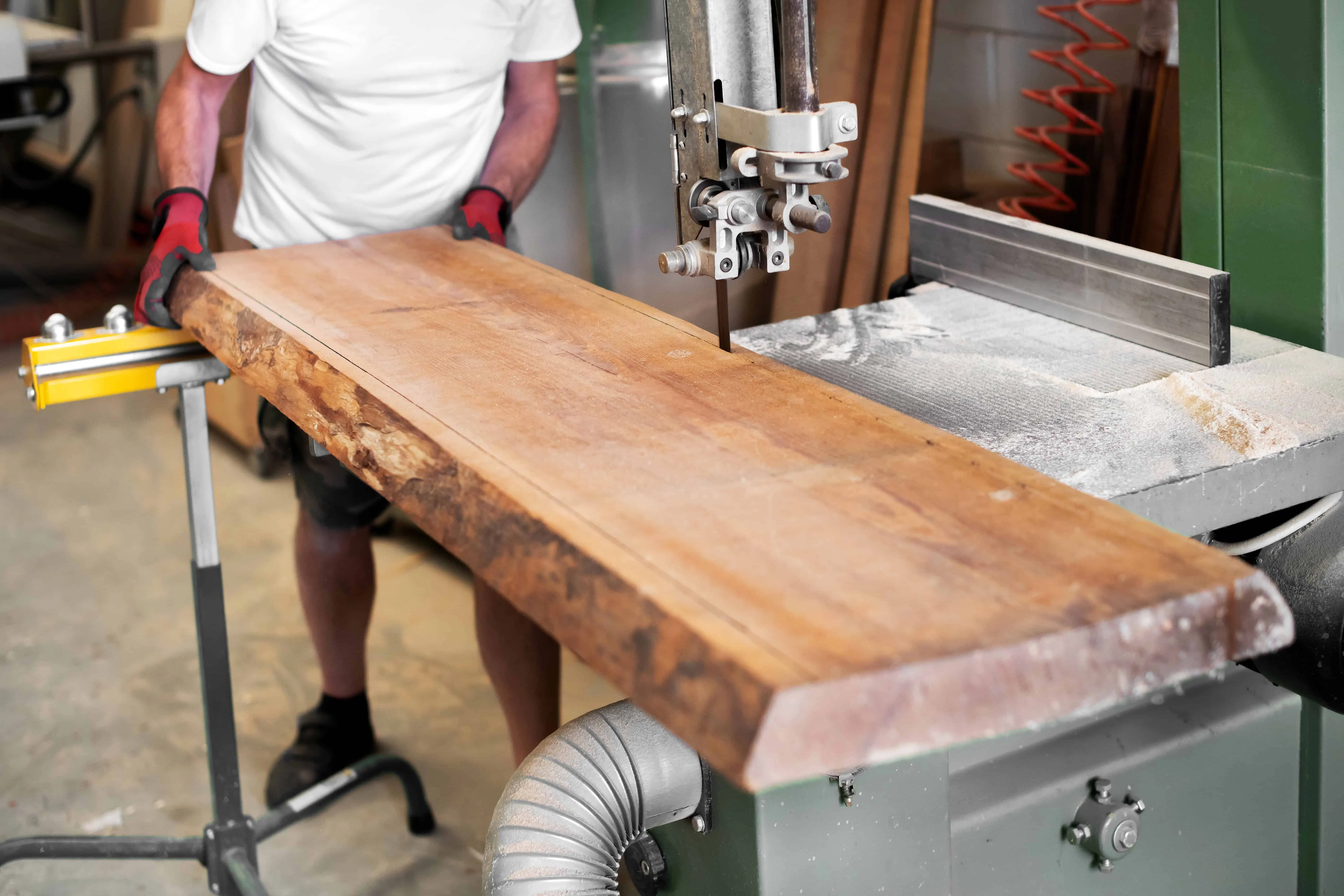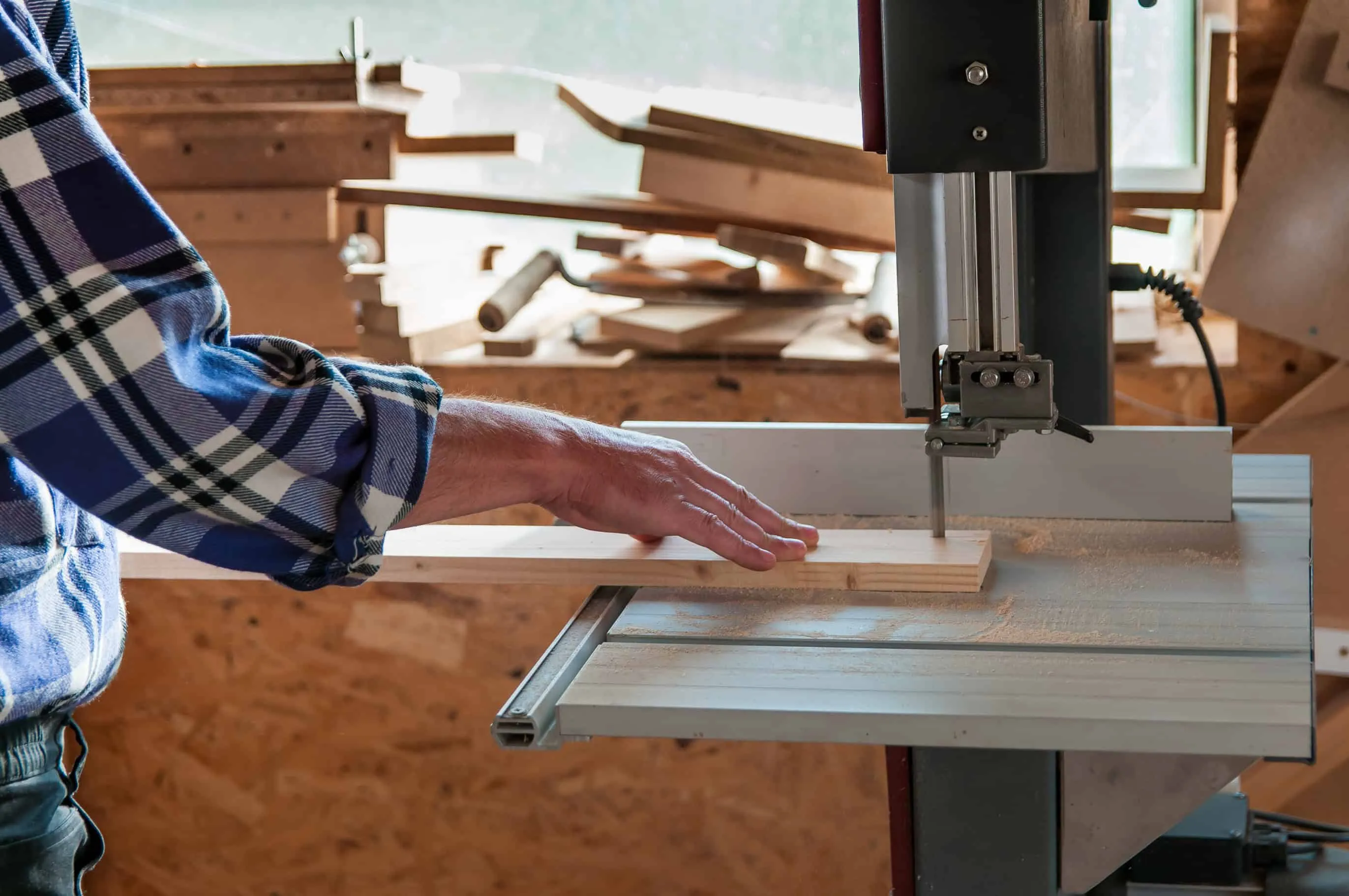There can be your advertisement
300x150
How to Choose Metal Saws with Band Saw Blades for Your Projects
A band saw is one of the tools worth investing in if you want to improve your collection of power tools. Choosing the right saw is critical. It's a mini lumber mill that can cut irregular shapes. Another common use is slicing wood into thinner layers. With the right blade, you can cut straight or curved lines in wood or metal.
A band saw is a versatile tool that allows you to create various projects. When you have a well-tuned saw, it can cut curved lines, make custom veneer, and even cut wood from a log. Once you're ready to start your search, this power tool will become a valuable investment that helps you complete various projects more efficiently. If it's your first time, the task can be challenging.

Here are several key components to consider when choosing a saw:
1. Evaluate Cutting Capabilities
In general, the roller diameter of a band saw determines its performance. The throat width is about an inch less than that, which means the maximum board width that can pass between the blade and the stand. Cutting power determines the maximum height or thickness you can process.
A good starting point is to choose a band saw in the 14-16 inch range. If you plan on working on complex projects, choose a model with 18 or 20 inches. Additionally, select a band saw with a minimum cutting height of 12 inches for versatility.
2. Consider Frame Construction
Popular models are steel frames (European style) and cast iron frames. Band saws with a cast iron frame have been around for years. It features a 14-inch platform with two large machined cast iron parts and upper and lower sections.
A band saw with a steel frame became popular in the European market and has spread to other countries. The machine features a solid frame made from heavy welded steel. This is a popular choice due to its construction method, which provides higher cutting power without sacrificing rigidity and strength.

3. Pay Attention to Blade Guides
When choosing a band saw, the quality of blade guides should be a priority. Band saws have upper and lower guides, each consisting of two components: the main support and side supporting elements.
Bearing guides are the most common type. They use sealed bearings to guide and support the blade.
Ceramic guides provide stability through ten contact points with the blade. Due to the lack of moving parts, ceramic material dissipates heat from the blade, offering a longer service life and allowing you to use the machine for many years.
4. Determine Required Power
The required power depends on your cutting needs, just like with other power tools. If you'll be working with thin material and light cuts, 1-1.5 horsepower is usually sufficient. Additionally, motors with 2 or more horsepower require a 220-volt power supply.
5. Learn About Band Saw Blades
The properties of the blade are also an important factor depending on what kind of cut you'll be making.
- Blade width is measured from the tip of the teeth to the back edge of the blade body. It's best to use the widest blade your saw allows.
- The tooth angle, which is created between the face of a tooth and a line perpendicular to the back of the blade, depends on the material and shapes you'll be working with.
Band saw blades can bend and break. Considering this, look for models with blade tracking adjustment. This will help you monitor blade wear and save money on expensive replacements in the future.
6. Find the Right Motor
The motor of a band saw is measured in amps for both compact and bench models. Most can deliver up to 10 amps or more. These versions provide sufficient power for cutting various materials. As for motor speed, it's measured in feet per minute (FPM). This is the time it takes for the blade to travel a certain distance in one minute.
7. Check Other Band Saw Features
Besides the main features, you should also consider:
- Rollers
A band saw with a steel frame usually has heavy cast iron rollers that provide a strong flywheel effect and stable cutting. The blade moves along rubber tires on the roller rims. Note that most steel frame models have flat or nearly flat tires, which help accurately track blades one inch wide or more.
- Spring
The spring is located right behind the roller and close to the top of the frame. It's better to choose a model with a thick spring that is easy to adjust for maintaining proper blade tension.
- Support
The support is another important component of a band saw. It contains the upper part of the blade guide and blade protection. It can be adjusted using a rack and pinion to fit the thickness of wood you're cutting.
Conclusion
If this is your first time buying a band saw, choosing the right model from those available on the market can be difficult. However, if you spend time understanding how the tool works and paying attention to key features, it will help you find a suitable model for your specific wood or metal projects.
More articles:
 How Professional Roof Repair Increases Commercial Real Estate Value and Durability
How Professional Roof Repair Increases Commercial Real Estate Value and Durability How PropTech is Transforming the Construction Industry
How PropTech is Transforming the Construction Industry How Regular Paver Maintenance Can Extend the Life of Outdoor Spaces
How Regular Paver Maintenance Can Extend the Life of Outdoor Spaces How Steel Reinforcement Contributes to Modern Design Development
How Steel Reinforcement Contributes to Modern Design Development How Sustainability Can Be Integrated into Multifunctional Buildings and Architecture
How Sustainability Can Be Integrated into Multifunctional Buildings and Architecture How Sustainable Cabin Design Redefines Life
How Sustainable Cabin Design Redefines Life How Electrical Installation Is Performed During House Construction
How Electrical Installation Is Performed During House Construction How to Achieve Authentic Norwegian Style in Interior Design
How to Achieve Authentic Norwegian Style in Interior Design